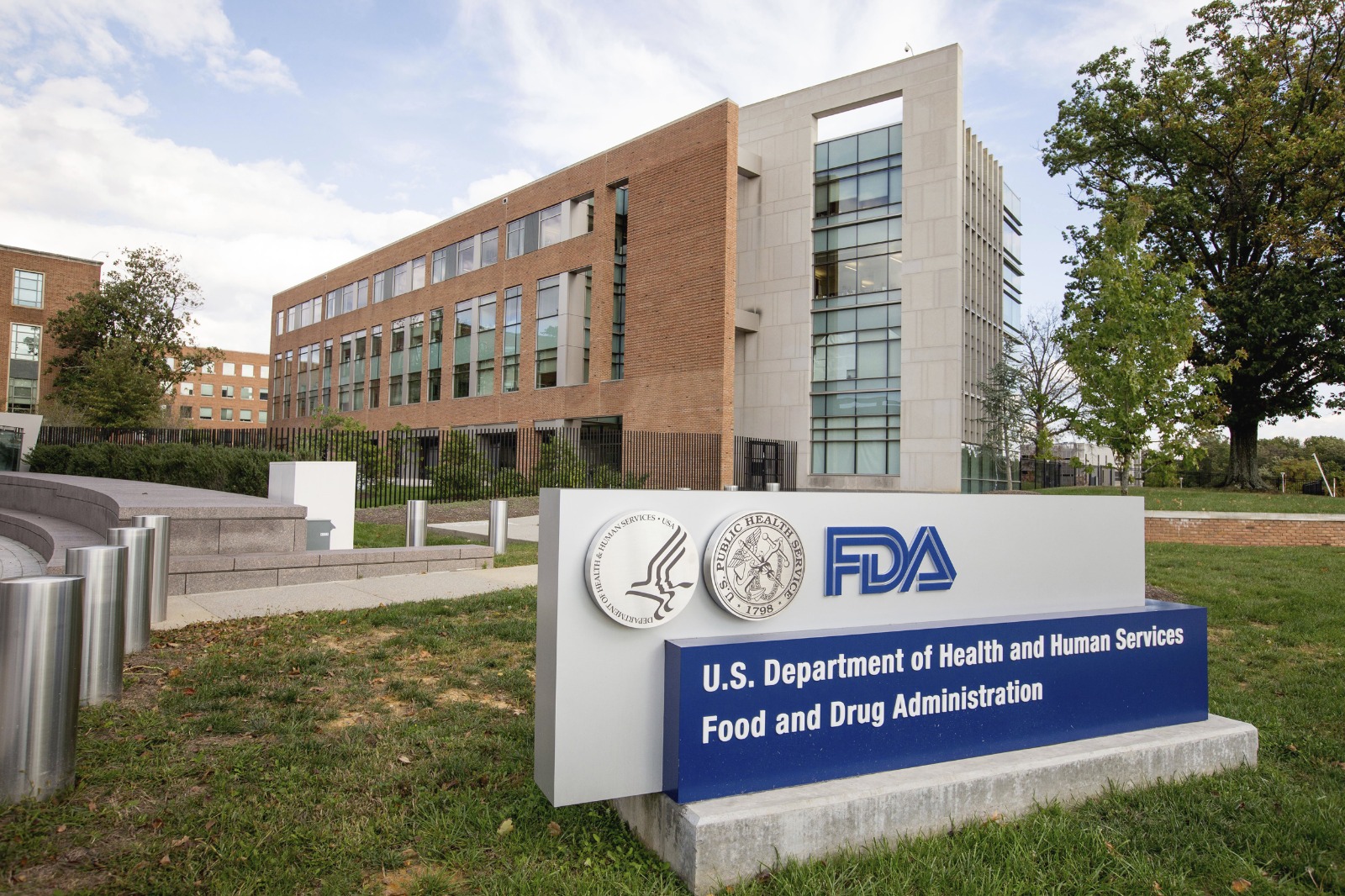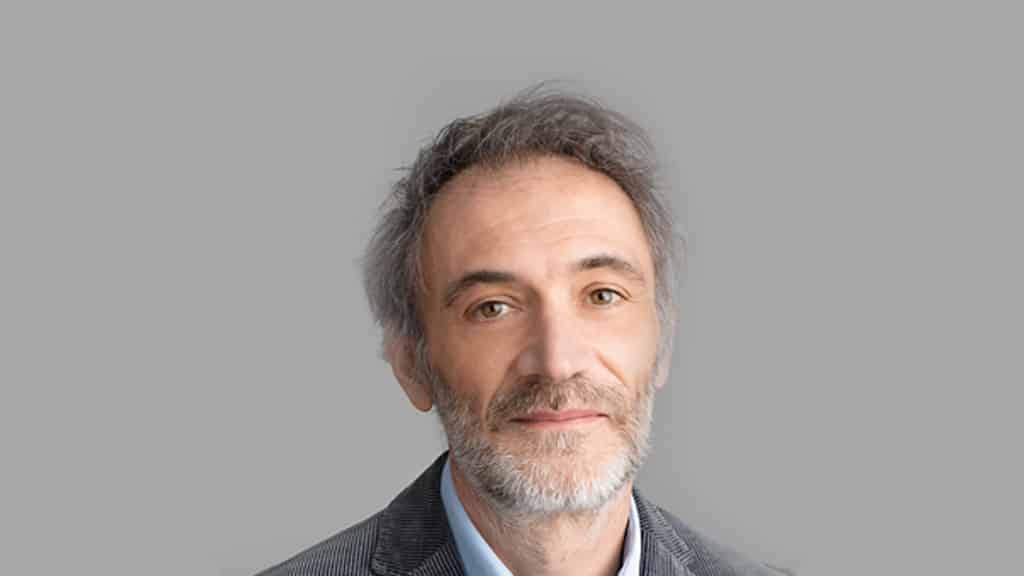On the topic of standards and regulations, what has it been like to work with regulatory agencies such as the FDA and EMA (European Medicines Agency)? What unique challenges have you encountered?
At the end of the day, the role of these Agencies is always to protect human health. So with that in mind, it is always important to engage with the Agency and demonstrate that you know what you are doing. Be transparent with them. Show that you have good enough knowledge to support the program you intend to develop.
Now the level of interaction has to be translated in collaboration with the Agency. It’s not a top-down interaction so much as it is a collaboration. The agencies are there to protect public health, rights, and wellbeing of human subjects. They have to do their job and we have to fulfill their requirements so that can happen. Working together is really the only way to succeed.
Have you run into any serious roadblocks?
Unfortunately, yes. In the past, over 10 years ago, I experienced a refusal to file with the FDA. This is when the Agency essentially refused to even start the review process of a submission because they started spotting elements during the preliminary stages that were not according to standard. In that case, the Agency can’t even start the review process. This has happened to me only once, and it was a lesson learned. We have to learn from our own mistakes. Once we make them, we know how to avoid them. Errors and mistakes are part of human nature. The point we have to come back to is how do we cope? How do we address those mistakes moving forward?

Do the standards change? How do you navigate that?
Oh yeah, that’s important. There are two main aspects: One is the scientific aspect and one is the legal requirement. There are some legal requirements that are constantly evolving over time at a very strange pace. The scientific requirement tends to be a little bit slower to be implemented. But that’s changing now. I’ve been in the pharmaceutical field for 23 years and I can tell you that things are changing a lot.
As I was saying before, there is much more emphasis on the quality space and in the quality by design. In the past, there was more of a focus on the concept of stepwise progression and stepwise development. Now the way of thinking is more about organic growth. It’s not step one, step two, step three in the queue; rather, all the steps should be rising together in a coherent manner.
So now we not only, or should not only, take into account where we are now but also how the product will be when it gets to the market.
This is a much bigger picture type of perspective.
Exactly. But also, in the past, some of the testing was just to kind of check a box – to say we did it “just because it’s in the guidelines.” Now there is more of a tendency to be really science-driven. The decision making processes are now about so much more than just checking a box. We’re questioning things now. We’re asking, “Why? Why do I need to do this test?”
What is great is that the agencies are listening. If we can explain that something is not needed and we can provide a good rationale, the agencies are more willing to accommodate us. They will listen to good rationale.
It seems they’re becoming more analytical; thinking critically. And isn’t that the goal in all of life? To become critical thinkers and not just take things at face value.
Right, exactly. Now there is much more emphasis on the data driven process. In the past, maybe it was somehow not too well considered but now it’s all about analyzing the data and figuring out what the data is telling us.
Speaking of data, there’s a lot of it that you need to sift through. This means you need to be a very detail-oriented person. With that comes probably certain challenges but also exciting elements. What is your favorite thing about this job? Is it the details? Is it the data?
It’s the data. Give me the data – give me the facts. “I cannot make bricks without clay” – it’s that famous Sherlock Holmes quote, right? I need data to make valid conclusions and conscious decisions.
When you don’t know something, you need data, thus gathering good data is everything. It’s a way to maximize the signal to noise ratio.That is essentially what I do. I try to make conscious and data-driven decisions as much as possible.
Ultimately, as the SVP of Technical Operations, it could lead to a capital mistake if I interpret the data incorrectly or if the data collection process was inadequate. Ideally, If you set up the environment appropriately, the data will clearly indicate the options that are available to us.
Yes. You have to weigh the potential risk with the potential reward.
Correct. That’s true for everything in life, not only in our business. With our business, it’s all about risk benefit ratio. When the agency wants to approve a drug, it is always based on the risk benefit ratio because there is no drug or no treatment that comes without risk. There’s always the chance of having an adverse event, an idiosyncratic reaction.
Now I won’t ask what is your least favorite part of the work you do, but what would you say is the most challenging aspect?
The most challenging part is that irrespective of how smart you are and how much effort you put in, failure is always around the corner. Yes, there are reducible errors but there are some intrinsic properties, risks of the process, that we cannot reduce.
It’s like in life, right? There are some elements where it’s impossible to reduce the risks. Let’s say you’re running a car. The faster you go, the more you increase the risk. So you go slower and you’re reducing the risk… that is a so-called form of “reducible risk.” Driving the car slower means you can figure out what the possible outcomes will be. How will the risk be impacted going under 80 miles per hour vs. going 20 miles per hour. So those are reducible risks.
But then there are other elements that cannot be reduced, and we simply have to live with those. Irrespective of what you do, there is always going to be something that is not under your control.
It is challenging to accept that there are some things that are not in your control and that you can only take things so far.
Exactly. Let’s take this example: with drug discovery, you move from preclinical trials with animal testing to clinical testing in humans… and that translation is not necessarily going to be one to one – it’s almost never one to one. Therefore, the animal model will not necessarily reflect what happens in humans because it’s just a model. No matter what you do, you have to accept that what you are observing at this stage of the program cannot necessarily indicate what you will see in the next stage. You can do whatever you want, but ultimately it is impossible to fully predict how the drug will behave in healthy volunteers and then the patient population with the disease. This is something that you cannot control and you cannot accurately predict. That’s why we have to do the trial.
So this is where the frustration comes in, to some extent. You provide tangible evidence but you still cannot control everything. Therefore, I come back to the same concept: our goal, my goal, my personal goal really is to put the program in the best possible condition to succeed. After that, it’s up to the product (drug) to succeed.
I was going to ask you this later on, but it’s fitting to ask it now: what is your mission, your end goal with all of this? And you just said it: to give the program the best chance at success.
I do this along with my team. We say, “What is the scope? What is our purpose?” Our purpose is to put the program in the best possible condition to succeed. And that’s it. Like I said before, from there the program will make itself right. It works if it works.
This is essentially a major concept of pharmaceutical development. Not all products that come from a lab will become drugs that can go to market. That’s a matter of fact. The funnel and the filters become tighter and tighter as you get closer to the finish line. My point is that you can only do your best. If you have a good molecule, if you have a good product that you think will make a difference for patients, for the families of patients – and you trust that it won’t bring on problems, and will go smoothly and safely through all the regulatory scrutiny – well that’s all you can ask for. So that is our mission.
Is there a sense of gratification that comes when you’re finally able to get it done?
Oh absolutely. I worked in Japan for a while and became immersed in Japanese culture. There is a phrase they use in their culture that is really important: Hansei – it’s the idea that you can do something but at a certain step in the process, you need to wait a minute. You need to sit there and reflect on what you have done.
We are always in such a hurry, always doing so many things. But when you stop for a moment and look back on what you have achieved, what you have done, you can see things with a new perspective. You can ask, “Are we going uphill or downhill?” “Is the building starting to take shape the way we want it to?” “Is the foundation solid enough?
So yes, it is very exciting and there is a lot of gratification but also in terms of making a difference for the patients. Knowing that we are making a difference for patients with this devastating disease is really rewarding.
You mentioned how Japanese culture has had an influence on your perspective. Although not in Asia, Gain operates in three different countries and you’ve had the opportunity to experience them. What are some of the key differences or similarities you have noticed across different work and living cultures?
I’ve always been interested in how people and culture influence each other. In essence, the big picture patterns are always the same. It doesn’t matter where you are. It’s more about the details. The most relevant one I can reference is that Eastern countries have a lot of emphasis on planning. The vast majority of the work is in the planning. The activities are almost minimal compared to the amount of planning that goes on.
In Western countries, you see that the planning is somehow embedded into the action. This mentality says, “Let’s start doing things.” It’s very action-oriented.
Which is the most efficient one? I actually don’t know. To me, planning is definitely important because it minimizes the risk of failure. But you can’t plan too much; eventually you have to take action. The answer is that the right one is somewhere in the middle.
The most important part of working cross-culturally is to take the best elements from all the different cultures without losing your own identity. Another thing, and I think this is the most important one: don’t try to force it. Forcing cultural elements into a mindset where they don’t belong never works. I like to take all the good without creating unnecessary extras. We don’t need to add in anything that is out of place. There is no need to disrupt an entire system. Rather, take the best of what you’ve learned from elsewhere and add to it instead of disrupting. Adapt as long as it’s feasible. Don’t change your nature. Keep your identity so you stay authentic.
As we wrap up, what final words of wisdom can you leave us with? What goals can we look forward to?
Well, in Gain we are working in the CNS (Central Nervous System) and with Parkinson’s Disease. All of the CNS conditions are very hard to treat, which means the program is challenging by definition. The goal is to see this product become a game changer drug in the near future.


